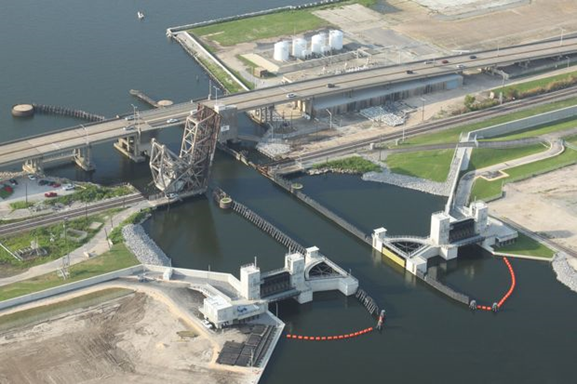The $165 million Seabrook Floodgate Complex, completed in 2012, protects New Orleans by reducing storm surge entering from Lake Pontchartrain. (Photo: U.S. Army Corps of Engineers)
Upgrades to storm surge barriers and pumps completed in 2011 by the U.S. Army Corps of Engineers (USACE) have made New Orleans more resilient to storms and hurricanes, according to Piet Dircke, a water management consultant for the Dutch firm Arcadis.
In July, the storm surge defenses kept New Orleans safe when Hurricane Isaac [corrected] drenched New Orleans and Louisiana with heavy rains and high winds.
Saving New Orleans
In an interview at his office in Rotterdam, Dircke told AJOT, “The Corps performed magnificently” in fast-tracking $14.5 billion in upgrades completed in 2011. As a result, when Hurricane Isaac struck New Orleans in 2012, the upgrades prevented a repeat of the deaths and damage caused by Hurricane Katrina in 2005, which cost $161 billion. Dircke related, “The structures that were built may have been oversized and ungainly looking but they saved New Orleans from destruction in 2012 and so you can say the investment was paid off within one year at a 100% rate.” One key to the project’s success was “The Army Corps speeded up approvals and testing to build a new system of pump stations and three large barriers that had been completed by 2011.”
Arcadis was a consultant to USACE and “we had someone in New Orleans for four years.“
Dircke noted, “This is still a largely untold story about how the federal government and the USACE saved New Orleans when some people wanted to abandon it.”

The Hurricane and Storm Damage Risk Reduction System (HSDRRS) for southeast Louisiana cost $14.45 billion and includes five parishes and consists of 350 miles of levees and floodwalls.
On its website, the U.S. Army Corps of Engineers summarizes the work it has done protecting New Orleans: “The greater New Orleans system of hurricane and storm damage risk reduction is stronger and better than it has ever been. In repairing and rebuilding levees and floodwalls, the Corps incorporated lessons learned and recommendations from international experts, scientific organizations, government agencies and the private sector who studied causes of system failure during Katrina.”
Dircke says the effects of Hurricanes Katrina, Harvey and Sandy on Louisiana, Texas, New York and New Jersey “have focused attention on why we need more storm and sea level defense investments in the United States.”
Protecting New York and New Jersey
Dircke said that he and University of Amsterdam earth scientist, Jeroen Aerts “have been active since 2008 arguing for more sea level protection” in the United States:
“We predicted the type of storm surge impact that Hurricane Sandy demonstrated in 2012 but people didn’t believe us until they saw how the hurricane caused flooding in the New York subways, shutdowns of power to hospitals, transportation and utilities causing $71 billion in damage.”
Dircke says there is now recognition of the urgency for a storm surge defense investment to protect the region: “Under the leadership of New York Mayor De Blasio there is recognition for the need to build a storm surge barrier at the Verrazano Narrows. The previous proposal for a storm surge barrier around southern Manhattan protects Wall Street but left the rest of the New York/ New Jersey region exposed.”
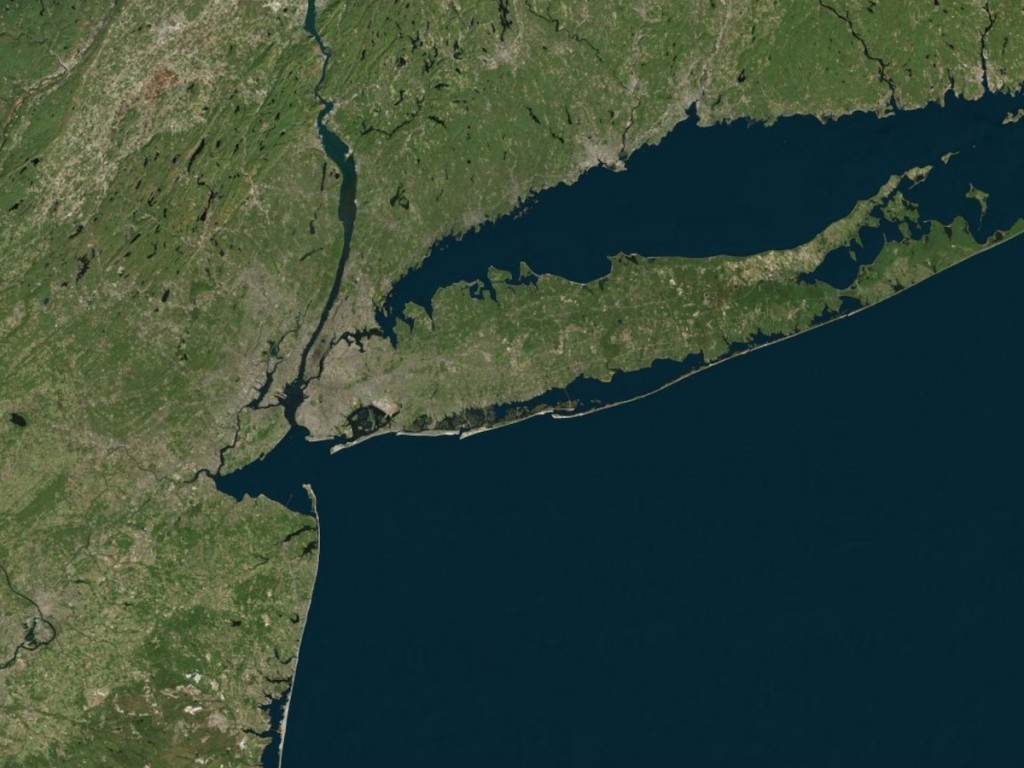
Protecting Texas cities and ports
Dircke recently returned from consultations in Texas: “Texas is taking action following the devastation the region suffered in 2017 when Hurricane Harvey dumped 50 inches of rain on the region causing $125 billion in damage.”
This includes working with Texas ports: “Arcadis is working with the ports of Houston, Galveston plus the cities and the State of Texas to design a storm surge barrier based on similar designs from the Netherlands that would protect Galveston Bay ports and communities as well as the oil and gas industry facilities. There are still many issues to address and concerns by homeowners of the effect of the storm surge complex. The estimated cost for this project is $40 billion but that is a lot less than paying $125 billion for the next Hurricane Harvey.”
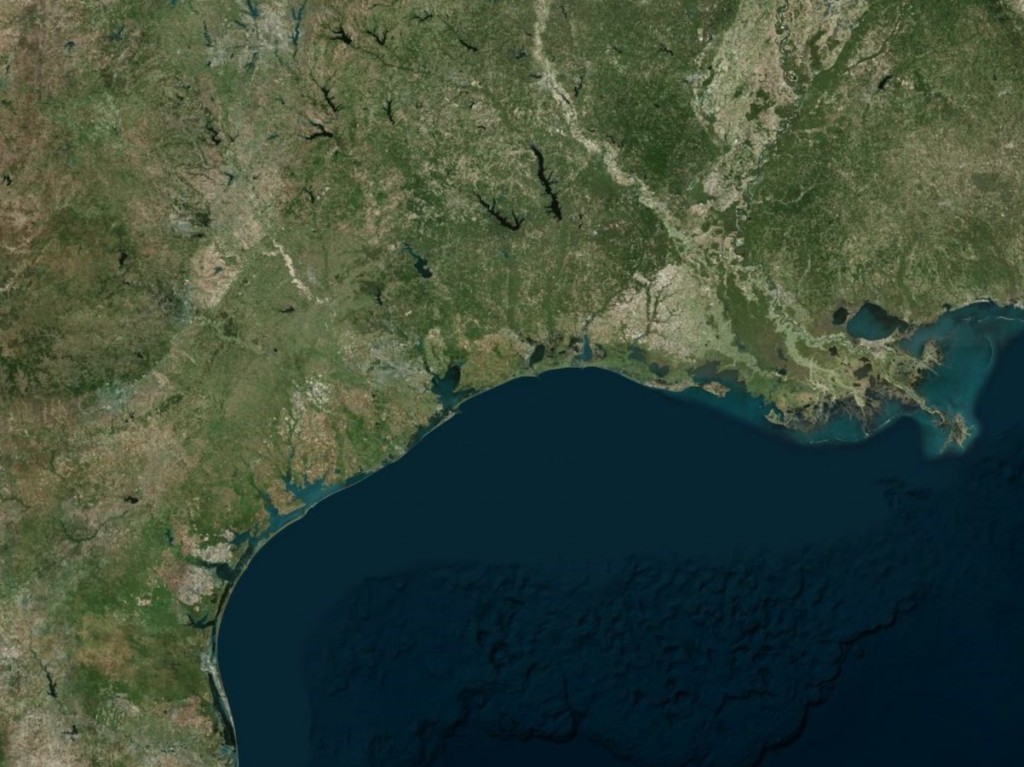
Port of Rotterdam expansion and protection
In the Netherlands, “we saw the construction of the Maasvlakte port complex by the Port of Rotterdam reclaim 4,900 acres of land from the North Sea using sophisticated Dutch dredging vessels and experience. Companies such as Boskalis and Van Oord have been major contractors in this effort.”
The $3.3 billion complex has upgraded the Port of Rotterdam by construction of new, larger, and automated container terminals.
The Maasvlakte complex “also protects the entrance to the City of Rotterdam from storm surges by creating a natural barrier against the North Sea with facilities at a higher sea level than older terminals in the city center.
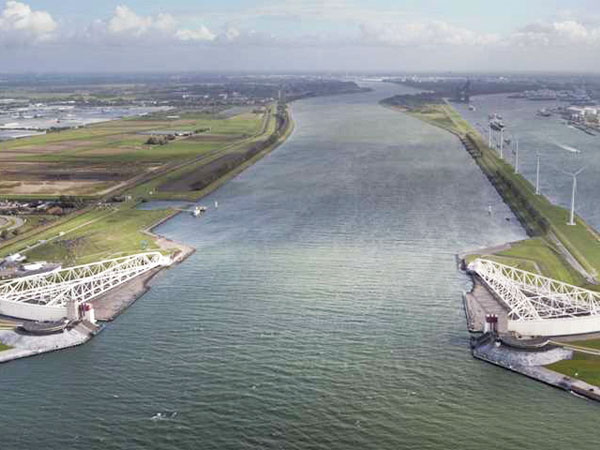
Protecting and rejuvenating Rotterdam
The result was a movement of port facilities from the center of Rotterdam out to the coast, which allowed for a major redevelopment of central Rotterdam:
“This has opened up development of old waterfront land for housing and commercial development. So, the investment in the Maasvlakte port complex has economic development benefits for Rotterdam.”
One example “is the reconstruction of the old Rotterdam Drydock Company which had been shut down, but was rebuilt as the Research Design and Manufacturing University or RDM. This is a waterfront facility that has vocational training and other educational facilities and even operates a water taxi to and from the city center.”
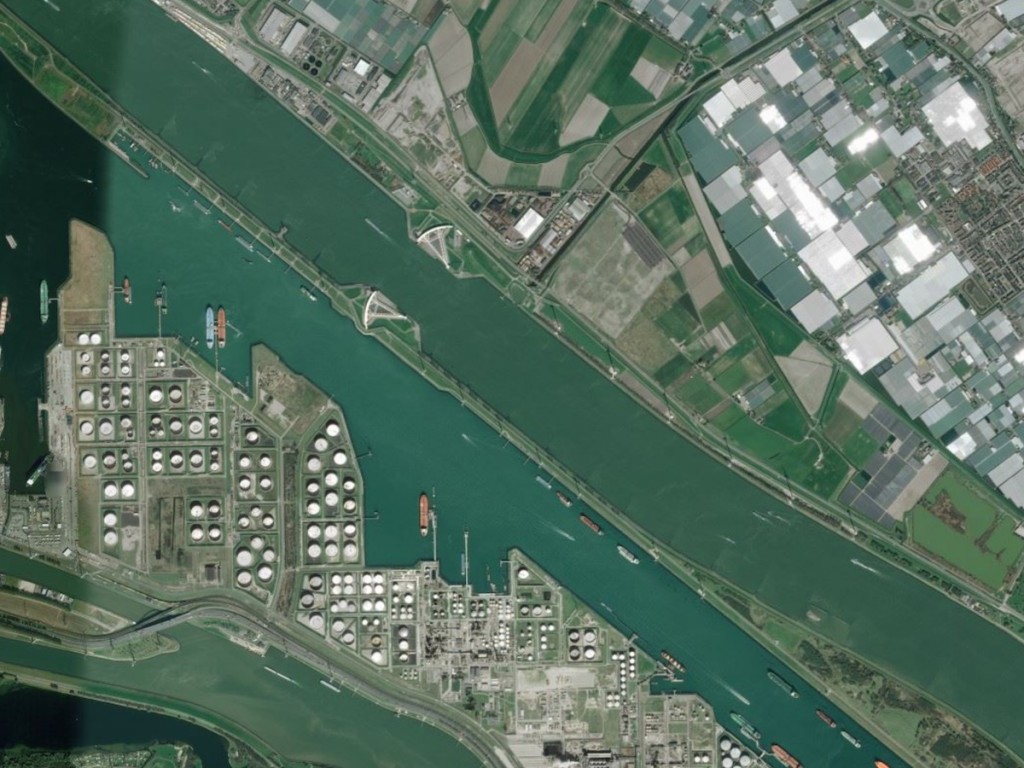
The Netherlands sea level defense is built on years of experience
“As so much of the Netherlands is below sea level, there is little margin for error,” Dircke notes.
The result is that Netherlands has developed a national sea level protection system: “As a matter of survival, this policy is supported throughout the country though taxes to pay for dikes, barriers and locks. This investment also supports a professional team of educated engineers, planners, and ecological specialists at the (Dutch government’s) Rijkswaterstraat.”
The Rijkswaterstraat has functions similar to the U.S. Army Corps of Engineers.
“We have begun to recognize that the structures that we build including the Maeslant barrier that protects the city of Rotterdam cannot stand alone and needs staff to operate and maintain them. So, you see at the Maeslant barrier that 22 people work there to maintain the system and make sure that when the barrier needs to be deployed that it works,” Dircke said.
More research and investment in next generation computing
More recently “we have begun to realize that as a result of climate change, patterns are changing far more than in the past and the concept of an unusual 100-year flood is now a flood that is happening more frequently and so we must constantly evaluate and upgrade our data and this means that risk factors need to be adjusted.”
This effort “is going to require more deployment of big data, machine learning and, yes, even quantum computers, if they are capable. We need better projective data and assessments to enhance our risk assessments. These include early warning weather and storm surge projections that are performed in the United States by NOAA (National Oceanographic and Atmospheric Administration) and USGS (U.S. Geological Survey).”
